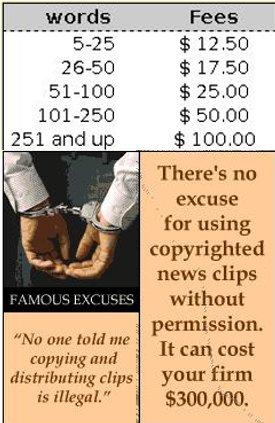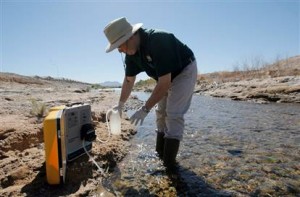Don’t miss:
– President Bush Rejects Taliban Offer To Surrender Osama Bin Laden (The Independent – 15 October 2001)
See also:
– Former CIA Agent: Osama Bin Laden Died Of Natural Causes In 2006
– Benazir Bhutto Confirms that Osama Bin Laden is Dead
– Special Ops Con, Imaginary Warfare And Non-Existent Enemies (Veterans Today)
– ‘GLADIO, THE LIVING PROOF THERE IS NO AL-QAEDA, NO WAR ON TERROR’ – ‘GLADIO Is AL-QAEDA’ (Veterans Today)
All of this is a bad joke!
– White House Refuses To Release Osama Bin Laden Death Photos
– Obama on 60 Minutes: ‘We Could Not Say Definitively That Bin Laden Was There’
– Burning The Evidence: New Footage Of Osama Bin Laden’s Compound On Fire (VIDEO)
– President Obama Will Not Release Osama Bin Laden Death Photos
– Clueless Teenagers Flood Search Engines To Ask: ‘Who Is Osama Bin Laden?’
– Paul Craig Roberts: Osama Bin Laden’s Useful Death
– White House Revises Account Of Bin Laden’s Final Moments: Gun Battle Never Happened
– MSM fail: Osama Bin Laden Corpse Photo Is FAKE – Absolute Proof!
– Officials: Osama Bin Laden Body To Be ‘Buried At Sea’ (No Autopsy, No DNA Tests, No Forensics?)
– Official: Bin Laden buried at sea (AP):
WASHINGTON – A U.S. official says Osama bin Laden has been buried at sea.
After bin Laden was killed in a raid by U.S. forces in Pakistan, senior administration officials said the body would be handled according to Islamic practice and tradition. That practice calls for the body to be buried within 24 hours, the official said. Finding a country willing to accept the remains of the world’s most wanted terrorist would have been difficult, the official said. So the U.S. decided to bury him at sea.
If you (still) believe the official story, I’ve got a bridge to sell you.
AND NOW …
– No US sailor saw Bin Laden’s alleged burial (Infowars via PressTV, Nov 22, 2012):
More than a year after Navy SEALs supposedly killed former CIA asset Osama bin Laden, a FOIA by the Associated Press has produced emails revealing that no American sailors aboard the USS Carl Vinton witnessed the terrorist’s burial at sea.
The heavily redacted emails are said to be the first public disclosure of government information about the undocumented assassination.
An email supposedly sent by a Navy officer claims Osama bin Laden was washed, wrapped in a white sheet, and then placed in a weighted bag, according to the Daily Mail. Another email allegedly sent by Vinson’s public affairs officer claims only a small group of the ship’s leadership was informed of the burial.
“A military officer read prepared religious remarks, which were translated into Arabic by a native speaker. After the words were complete, the body was placed on a prepared flat board, tipped up, whereupon the deceased’s body slid into the sea,” Adm. Charles Gaouette said in the email.
Read moreNo US Sailor Saw Osama Bin Laden’s Alleged Burial: Associated Press FOIA




